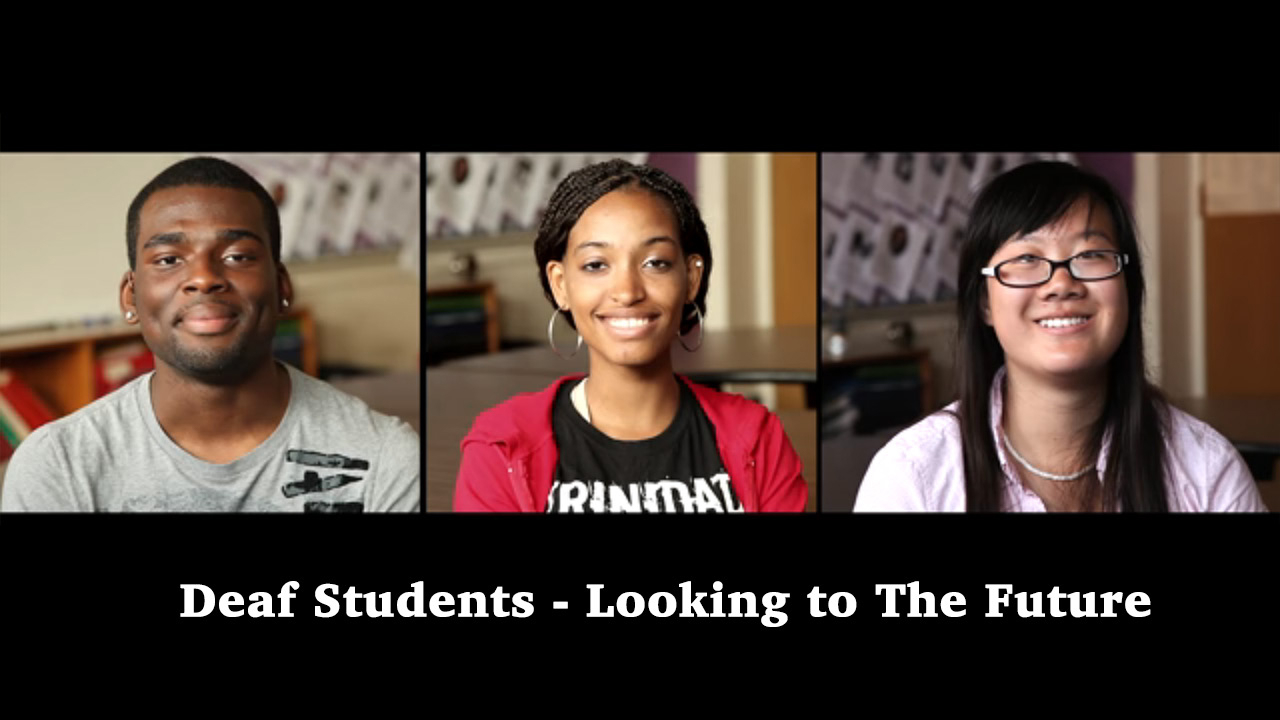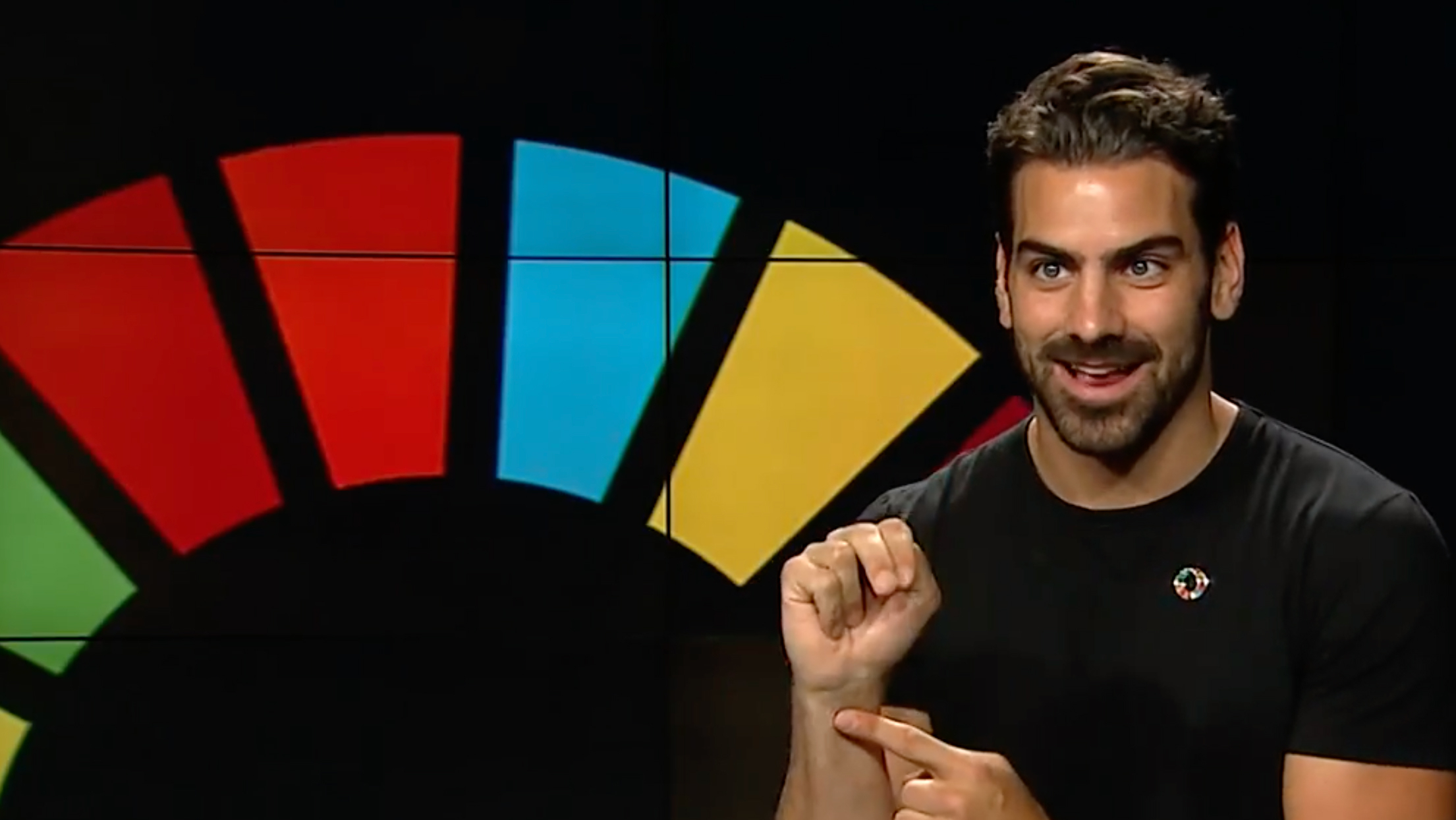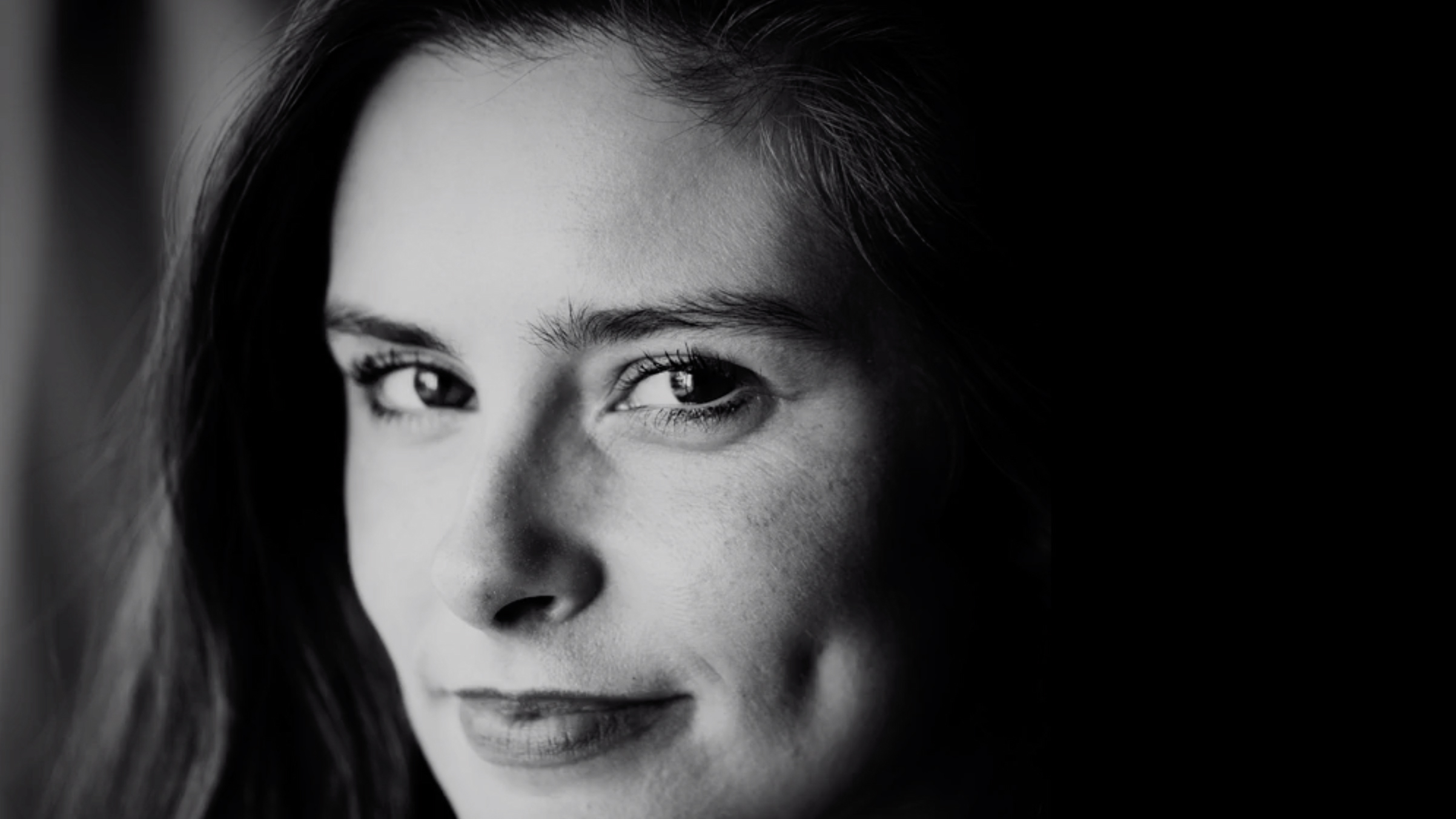03:21

Can a deaf person become the president of a country someday? Can people with hearing disability walk into a McDonald's and order their choice of burger with sign languages? Wouldn't it be great if everyone knew a sign language? Why isn't it easier for the hearing-impaired to find a job, have a family, home and a car and lead a regular life? In short, can they have a dream?
These compelling questions were raised by a few young students of the New York-based Lexington School for the Deaf in a video produced by UNICEF a few years ago but now being circulated again by the United Nations as it commemorates the second International Day of Sign Languages (IDSL) on September 23.
The IDSL was conceived at the initiative of the World Federation of the Deaf (WFD) – a federation of 135 national associations of deaf people worldwide – and is aimed at raising awareness of the importance of sign language in the full realization of the human rights of people with hearing disability. The theme for this year's IDSL is "Sign Language Rights for All."
"This International Day recognizes the importance of sign languages for achieving the Sustainable Development Goals and fulfilling its core promise of leaving no one behind. It also offers an opportunity to support and protect the linguistic identity and cultural diversity of all sign language users," UN Secretary-General Antonio Guterres said in his message for the occasion.
01:19

Related story: China's sign language history dates back to Tang Dynasty period
In December 2017, the UN declared September 23 as the International Day of Sign Languages as the date coincided with WFD's foundation day in 1951. The first IDSL was celebrated in 2018 under the theme "With Sign Language, Everyone is Included!" as part of the International Week of the Deaf, which is observed annually on the last full week of September and will be held from September 23 to 29 this year.
The International Week was first celebrated in September 1958 and has since evolved into a global movement of deaf unity and concerted advocacy to raise awareness of the issues deaf people face in their everyday lives.
'Wish everyone learns basic signs'
"Most of the time people who can hear think deaf people are a little weird. They see our sign language and they think we're not educated. They look down on us as if we're beneath them. But that's far from true," Evans Seraphin, a Lexington School student, says in the UNICEF video titled "Deaf Students – Looking to The Future."
"Sometimes I wish I could just stay in the deaf community," says Chelsea Hilaire expressing her anxiety in interacting with the "non-deaf" people. "But I know I can't stay sheltered forever. There are more people in the world who can hear than those who can't. I can't be scared to approach people who can hear," she adds.
02:05

Their fellow student, Chen Liu, who is passionate about acting and mathematics and wants to be an accountant, dreams of a world where she is easily understood. "I wish everyone would learn basic signs. Like at McDonald's, I wish I could just sign my order, and they would understand what I want," she quips.
Hilaire nurtures another dream that might alter the perception of deaf people in a fundamental manner. "I think it would be great to have a deaf president. If we had a deaf president, I think it would completely change people's perspective. We would become one world," she says thoughtfully.
In his message for IDSL, the UN chief emphasized that sign languages are crucial means for an individual to express oneself, connect with others and participate in all aspects of economic, social, cultural and political spheres.
"Their use is also critical to ensuring access to information and services, including during emergencies, and to realizing the human rights of the more than 70 million deaf people around the globe. Early introduction and quality inclusive education in sign language are essential for their full and effective participation, as guided by the Convention on the Rights of Persons with Disabilities," he said.
"With the adoption of the UN Disability Inclusion Strategy earlier this year, the United Nations has established a foundation for sustainable and transformative change on disability inclusion. We will lead by example. On this International Day of Sign Languages, let us reaffirm our commitment to advancing the rights of deaf people everywhere," Guterres added.
'Complete natural languages'
01:06

According to the WFD, there are approximately 72 million deaf people worldwide with more than 80 percent of all deaf people living in developing countries. As per the latest data on China Disabled Persons' Federation website, China is home to 20.54 million deaf people, which is nearly 30 percent of all people with hearing disability in the world.
Globally, there more than 300 different sign languages, which are considered complete natural languages, structurally distinct from the spoken languages. There is also an international sign language, which is used by deaf people in international meetings and informally when travelling and socializing. It is considered a basic form of sign language that is not as complex as natural sign languages and has a limited lexicon.
China has its own sign language, also known as 中国手语 (zhongguo shouyu, literally meaning "China hand language"). The Chinese Sign Language (CSL or ZGS) has several regional variations or dialects, with the Northern (Beijing) and Southern (Shanghai) versions forming the two most commonly used dialects in the country.
"Sign language is crucial for deaf children and also hugely beneficial for children who suffer from autism, for children who are non-verbal," said British actress and screenwriter Rachel Shenton, who won an Oscar last year for her sign language short film "The Silent Child." The film was based on Shenton's own experiences as the child of a parent who became deaf.
"It is really important to remember that 90 percent of deaf children are born to hearing parents with no experience of deafness, and so it can feel alien and scary and early intervention is crucial. We know that the first three years of a child's life is crucial for brain development and to get sign language into schools, but not just schools, education doesn't start in schools, it starts when a child is born," she added.
Shenton advocated for "a fully-accessible curriculum" and "more specialist training for teachers and classroom assistants" so that they are fully-equipped when a deaf child starts school.
The UN Convention on the Rights of Persons with Disabilities recognizes and promotes the use of sign languages. The convention, adopted in December 2006 and in force since May 2008, makes clear that sign languages are equal in status to spoken languages and obligates member states to facilitate the learning of sign language and promote the linguistic identity of the deaf community.